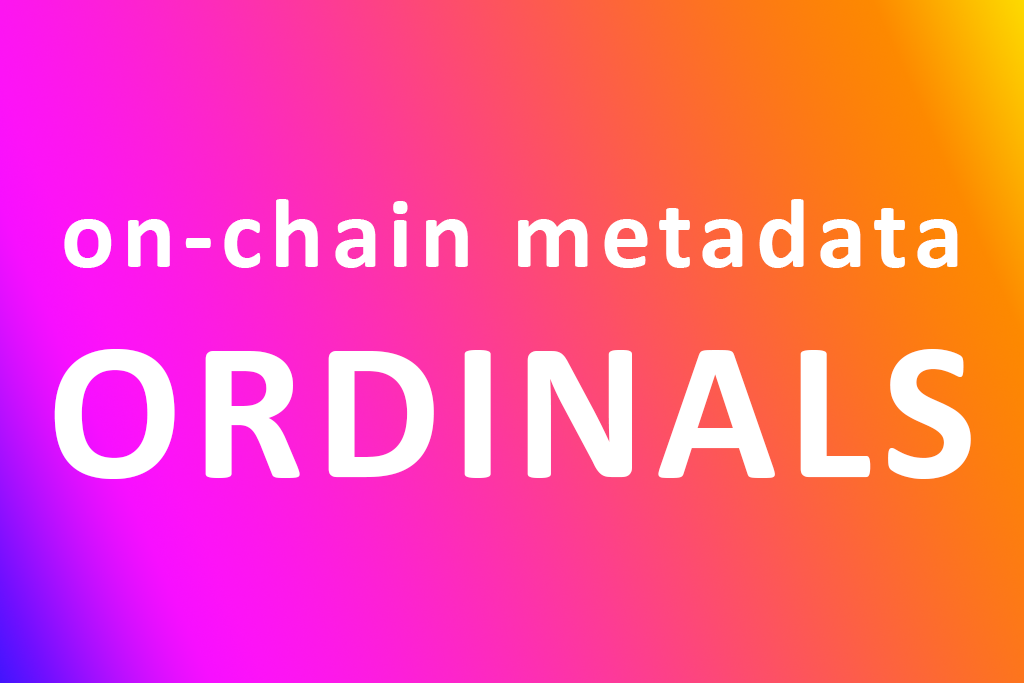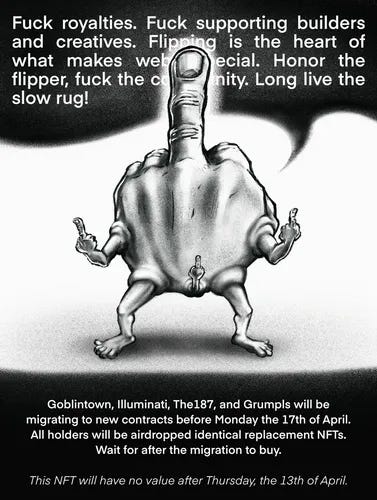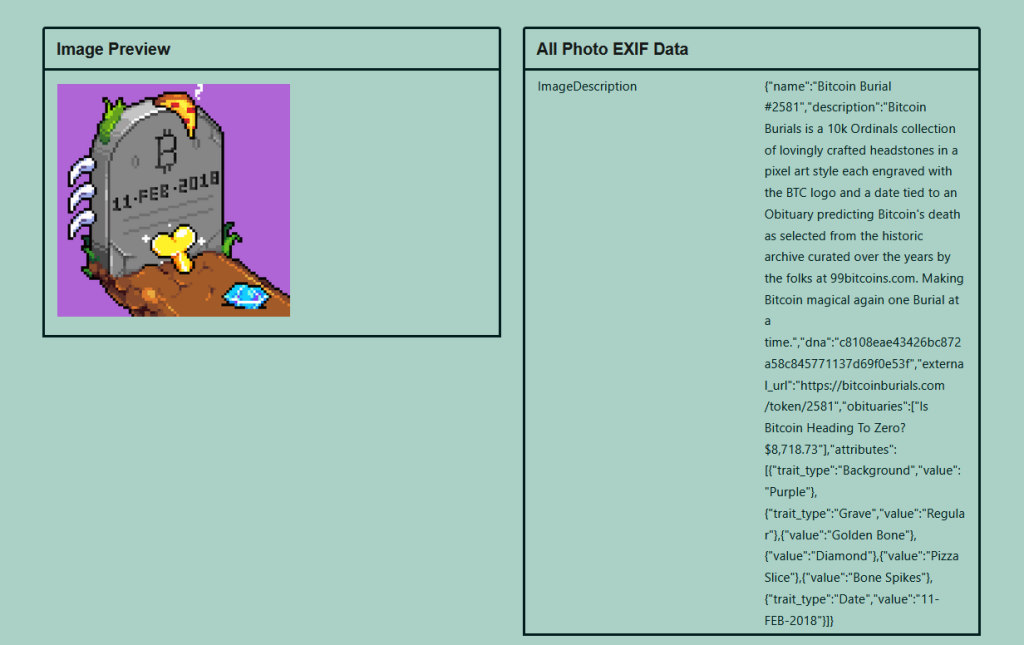On-Chain Metadata ORDINALS

is it really possible?
This is a proposal, maybe more a discussion or just the first spark of the great Light of the Revolution of Bitcoin Ordinals.
On-chain Metadata ORDINALS?
”may or may not be.” But Bitcoin Burials has answers and a solution, let’s dive in!
Ordinals vs. NFTs – Problems?
Ordinals are distinctly different from your standard NFT fare on Ethereum and other EVM compatible chains. Their stark simplicity and apparent lack of features embodied by the absence of smart contract capabilities is actually what makes them so elegant and functional.
You see, there’s a decomposing corpse that has been stinking up the NFT industry since its birth and is rarely (if ever) addressed because most players definitely do not benefit from bringing it up: most NFTs are not as immutable and decentralized as you probably think they are.
It’s an uncomfortable truth that while previously not widely acknowledged has recently been in the spotlight due to the brazen actions taken by the Goblintown project on ETH that have sparked an intense debate around this thorny issue.
Most NFTs are only exist on chain as code and a token that represent ownership of an asset – be it an image, an art piece, a treasured music sample or something else entirely – that is actually stored off-chain and can in most cases be deleted, altered or tampered with at will by its creator.
 This is probably not the NFT you bought and anyone would be pretty dismayed at suddenly finding out their prized piece has morphed into this thing overnight and without their consent.
This is probably not the NFT you bought and anyone would be pretty dismayed at suddenly finding out their prized piece has morphed into this thing overnight and without their consent.
Now that is not to say that ALL NFTs are necessarily bad at this as some collections went to extreme lengths to avoid these pitfalls and live up to the decentralization and immutability promises of NFTs and we congratulate them for it.
But for the average collector it’s a very difficult space to navigate and unless you’re a very technically inclined fellow and are able to determine the inner workings of a prospective collection for yourself it can be very difficult to get straight answers and determine which is which.
Ordinals change all this by setting a very clear and universal baseline:
ALL THE ART IS ON CHAIN. PERIOD. NO EXCEPTIONS. NO COMPLEX DUE DILIGENCE REQUIRED.
And yes some purists might put forward the argument that since the underlying binary data for Ordinals is actually stored inside Witness data it could be potentially prunable and not entirely worthy of the term on-chain.
But the fact remains that the permanence, provenance and immutability properties it offers are vastly superior to 99% of offerings on other chains that take advantage of let’s say IPFS or Arweave to store asset data.
If you want to find out more these excellent deep-dives offer a nice primer and we highly recommend giving them a read.
But going back to Burials,in Ordinal land there are no smart contracts, no deployers, no proxy contracts, no Owner functions, no concept of “pauseability” or “metadata lock/freeze functions”.
It’s a world away from the intricate and complex landscape on other chains and one where the average collector has a lot more visibility into exactly how his holdings are stored and preserved.
THE SOLUTION
Until now there was a missing piece to the equation tho, the ever important metadata.
Storing the art on chain is a giant leap forward but then you also want to complete the immutability and decentralization puzzle by ensuring that the data for each piece is also strongly linked to it in a way that is not susceptible to alterations or reliant on a trusted 3rd party – be it the creator or a marketplace – and their infrastructure.
At Bitcoin Burials we have come up with unique and ingenious way to store metadata INSIDE the image itself. Now, we won’t claim we’re geniuses here, as in the end we “just” repurposed a very old and decidedly Web2 standard – EXIF – to embed the metadata inside the asset itself in a way that is easy to parse, display and human readable to boot.
It might look like a small improvement and yet it unleashes a myriad of use cases and strongly enhances our ability to fulfill what is ultimately the raison d’etre for NFTs.
You don’t have to trust us in any way,shape or form, heck you don’t even need to rely on our continued existence.

We can get hacked, we can stop paying bills for critical infrastructure or simply disappear (not that we ever would ofc) and our collector will still be able to fully enjoy the collection for as long as Bitcoin itself keeps ticking along.
The End.
Please share with us your feelings & reach out to Bitcoin Burials to discuss the Problem&Solution.
”Buidling” all together for a greater bright future on BITCOIN.




